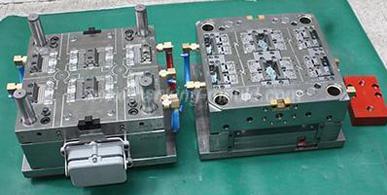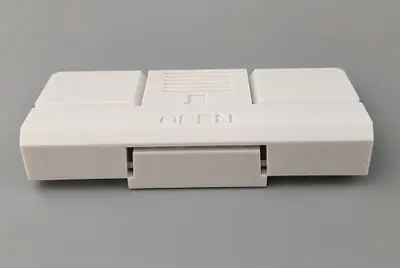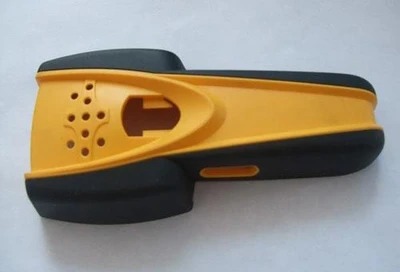

1. Automotive mould plastic parts: The shortage is mainly due to insufficient supply of materials, poor filling flow of molten materials, excessive expansion and poor exhaust, etc. When there are multiple cavities, the filling cavity is not satisfied, and the shape of the plastic part is not complete or a single cavity is not satisfied.
2. Dimensional instability of automotive moulds: The dimensional changes of plastic parts are unstable, mainly due to poor mold strength, poor precision, unstable operation of injection machines, and unstable forming conditions.
3. Bubbles appear during testing by automobile mould manufacturers: due to excessive melt expansion or poor exhaust, the residual gas in plastic parts is small or has a series of cavities (please note that it should be distinguished from vacuum bubbles).
4. Automobile mould pit collapse (depression) or vacuum bubbles: due to poor pressure holding and feeding, plastic parts, uneven cooling, uneven wall thickness, and large plastic shrinkage.
5. Too much flash occurs during the test of the automobile mould manufacturer: due to poor mold clamping, too large gap, too good plastic fluidity and too much feeding, the plastic part extrudes excess sheet along the edge.
6. Poor welding of automotive moulds: due to the low temperature of the molten material when splitting and merging, and the incompatibility between the resin and the accessories, the molten material is poorly welded when merging, resulting in obvious seams along the surface or inside of the plastic part.
7. Plastic parts of automobile moulds: surface waviness The melt does not flow neatly along the surface of the automobile mould to fill the cavity, but flows in a semi-solidified waveform on the surface of the cavity, or the melt has stagnation.
8. Poor demoulding of automobile moulds: due to strong mold filling effect, poor demoulding performance, difficult demoulding, or plastic parts after demoulding, or plastic parts are deformed and broken, or the residual direction of plastic parts does not meet the design requirements.
9. Delamination of mica flakes occurs during testing by automobile mould manufacturers: due to the mixing of foreign matter or the low temperature of the automobile mould, the shearing action of the molten material flowing along the mold surface is too large, resulting in the thin layer of the material falling off and the physical properties are reduced.
10. Gate sticking of automobile mould: due to the mechanical resistance of the gate sleeve, insufficient cooling or failure of the tie rod, the gate sticks to the gate sleeve.
11. Poor transparency of automotive moulds: due to poor contact between the melt and the mold surface, there are tiny cavities on the surface of the plastic parts, resulting in luminescence or plastic decomposition, foreign matter and impurities, or the surface of the automotive mould is not bright, making the transparency of the transparent plastic poor or uneven .






 Call us on:
Call us on:  Email Us:
Email Us:  1st Floor, Block1, No.3 Beiting Road, Houting Community, ShaJing Street, Bao'An District, Shenzhen City, Guangdong Province, China
1st Floor, Block1, No.3 Beiting Road, Houting Community, ShaJing Street, Bao'An District, Shenzhen City, Guangdong Province, China